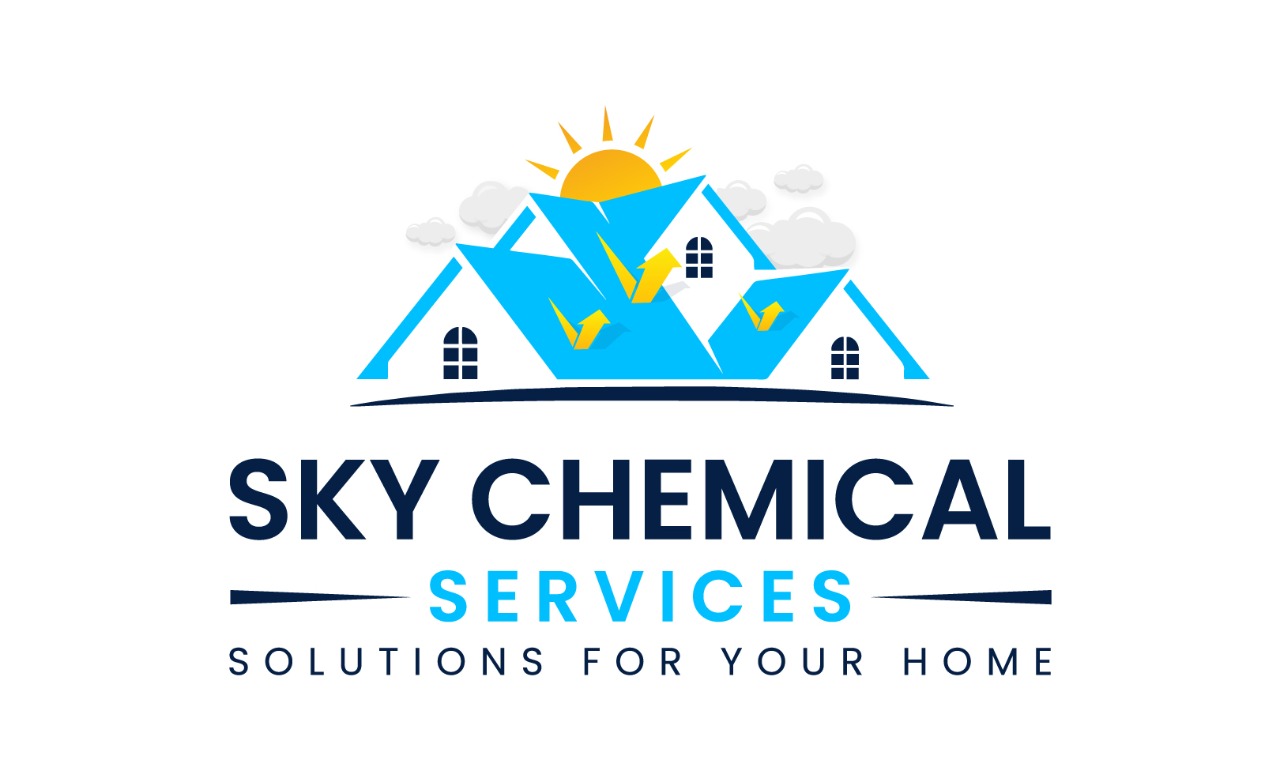In Pakistan, industrial cement plays a vital role in the construction sector, which includes infrastructure projects and the housing sector. It serves as the backbone for residential homes to towering skyscrapers. Moreover, it is essential for sustainable development,
Let’s delve into various aspects of industrial cement, its application on concrete and other surfaces, types and properties, to handling and curing techniques.
Types of Industrial Cement
Portland Cement
Portland cement is the most common type of cement used in industries. It is renowned for its strength and durability. Moreover, it is used in various applications like foundations, structural elements, and pavements.
Types of Portland Cement
• General Purpose Cement
• Rapid-Hardening Cement
• Fine Portland Cement
• Low-Heat-Hydration Cement
• Blended Portland Cement
• White Portland Cement
Blended Cement
Blended cement is made by Portland cement and SCMs (Supplementary Cementitious Materials), such as fly ash, slag, or silica fume. These blends enhance specific properties like durability, workability, and resistance to environmental conditions.
Read More
Which Heat Proofing Material is the Best?
Which Coating is Best for High Heat Conditions?
Is Acrylic Roof Paint Waterproofing?
Rapid Hardening Cement
Ideal for time-constraint projects, rapid hardening cement offer high strength in lesser time periods than general Portland cement. It is suitable for precast concrete elements, road repairs, and other result-oriented applications.
White Cement
White cement is ideal for architectural designs where color consistency is essential. Individuals opt for white cement because of better aesthetics and appeal. It is used in decorative applications, such as ornamental precast elements and terrazzo flooring.
Properties of Industrial Cement
Strength
The compressive strength of industrial cement is a critical aspect in determining its durability for weight-based construction projects. It is used in different dosages: >75 kg/m3 and <1400 kg/m3. For stronger structures, cement experts mix additives with the main ingredients. Some of them are fly ash, fiber, silica fume, and slag.
Workability
Workability relates to the usage with which cement is mixed and applied on surfaces. The optimum balance between cement and water content is mandatory to achieve optimal workability, ensuring proper consolidation without reducing strength.
Durability
Durability is necessary for the longevity of closed and open structures. Durable cement with characteristics resists environmental factors such as chemical exposure, freeze-thaw cycles, and abrasion.
Setting Time
The setting time of cement affects the construction process: Quick-setting cement is preferred for projects with time-based deadlines, while regular-setting cement provides extended working times for larger construction tasks.
Read More
In How Many Ways Can We Prevent Heat Loss From Roofs?
Is Waterproofing Necessary After Laying the Foundation?
Which Cement is Used for Roof Treatment?
Handling and Mixing
Proper Storage
Store cement in a dry environment to prevent moisture absorption; this helps to ensure quality and performance. Keep the bags off the ground and cover them with a waterproof material.
Correct Mixing Ratios
Follow the manufacturer’s guidelines to apply water-to-cement ratio: An improper mix can lead to weak structures, while high levels of water can result in lower strength and durability.
Use of Admixtures
Admixtures can enhance specific properties of cement, such as durability, workability, and setting time. Ensure that you choose the appropriate admixture based on the project’s requirements and consult with experts (if needed).
Curing Techniques
Moist Curing
Adequate curing is essential for cement reinforcement. To confirm a fool-proof process, the surface is kept moist for extended periods, typically seven days or more, for optimal hydration.
Sealing Surfaces
Sealing the surfaces with curing compounds helps retain moisture and prevents the rapid evaporation of water. This is beneficial in hot and dry climates.
Mastering the use of industrial cement in construction is a multifaceted task that requires a deep understanding of its types, properties, and handling techniques. By selecting the right type of cement, ensuring optimal properties, and following correct handling and curing procedures, builders can create structures that stand the test of time. As construction methods and materials continue to evolve, staying informed about the latest advancements in industrial cement technology is crucial for achieving sustainable, resilient, and high-quality constructions.
If you want to know more, connect with Sky Chemical Services today. We’re the best in the business!
